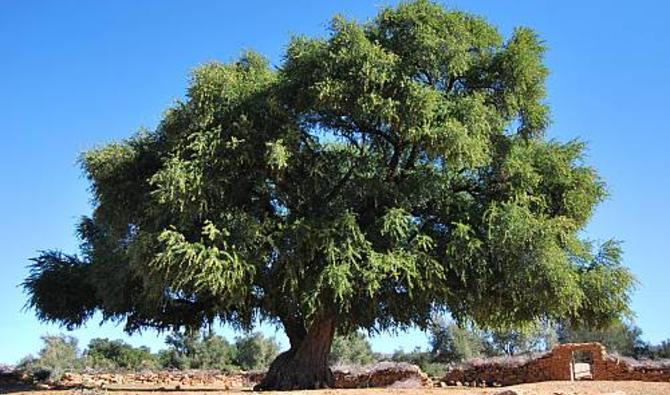At a recent scientific conference held at Bayt Dakira in Essaouira, researchers unveiled groundbreaking findings that may rewrite parts of North Africa’s prehistoric timeline. New archaeological evidence suggests that human use of the argan tree—widely associated today with Morocco’s natural heritage—dates back over 150,000 years. These revelations, drawn from the latest excavations in the region, shed light on a sophisticated and enduring relationship between early humans and their environment.
This new research builds on discoveries made in 2024 at the Bizmoune and Jbel Lahdid sites, already recognized for yielding the oldest known ornamental artifacts. But the most recent digs have gone a step further, revealing that early inhabitants of the area were not just passing through—they had developed intricate, long-standing methods for processing and using the argan tree, suggesting deep-rooted knowledge passed down through countless generations.
The project is led by Morocco’s National Institute of Archaeology and Heritage Sciences (INSAP), working alongside the Essaouira-Mogador Association and the local office of the Ministry of Culture. Their findings do more than just expand the historical record—they also highlight the area’s rich prehistoric heritage and dense patterns of early human settlement, much of which had remained obscured until now.
André Azoulay, royal advisor and founding president of the Essaouira-Mogador Association, addressed the conference, commending the dedication of the research teams. He emphasized the significance of these findings in repositioning Essaouira not just as a cultural jewel of today’s Morocco, but as a vital center of ancient innovation and human development. Azoulay called for continued investment in archaeological research to further explore the origins and significance of the argan tree in shaping early human lifestyles.
INSAP director Abdeljalil Bouzouggar offered further insight into the scientific methods used to reconstruct prehistoric practices. According to Bouzouggar, the processing techniques observed in the excavations are strong indicators of cultural continuity. They suggest that knowledge surrounding the argan tree’s uses was carefully preserved and handed down through generations over tens of thousands of years.
Doctoral researcher Ismail Ziani, part of the Bizmoune excavation team, shared findings based on organic remains that confirmed the argan tree’s uninterrupted presence in the local landscape for at least 150,000 years. His analysis reveals that early humans were already utilizing the tree for both nutritional and cosmetic purposes long before recorded history began.
The conference also broadened the conversation to include prehistoric subsistence strategies and human mobility in the region. Discussions pointed to the resilience of ancient communities in the face of shifting climates and underscored Essaouira’s strategic importance in the broader narrative of human settlement in North Africa.
